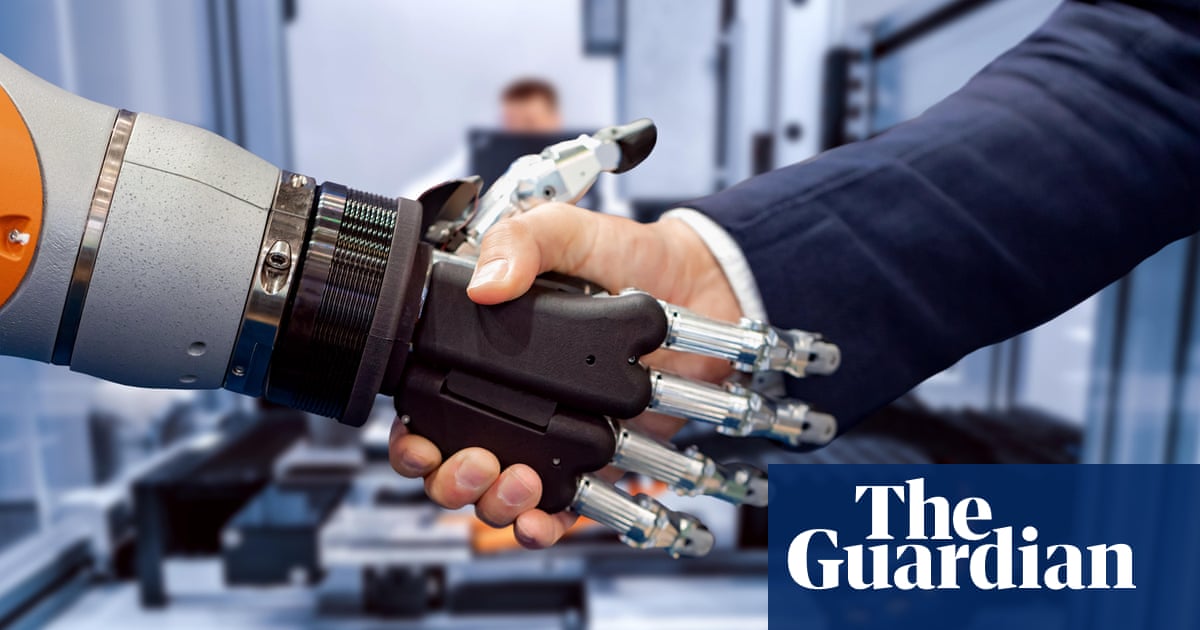
Research has shown that individuals are more likely to be less focused on their tasks when working with a robot. This phenomenon, known as “social loafing”, occurs when team members put in less effort if they believe their teammates will pick up the slack.
According to a study conducted by researchers at the Technical University of Berlin, individuals tend to view robots as members of their team. This perception may lead them to adopt a more relaxed attitude towards tasks where they feel their own skills would not be valued or where they perceive the robot or a coworker to excel.
According to Dietlind Helene Cymek, the lead author of a study published in the journal Frontiers in Robotics and AI, teamwork has both positive and negative aspects.
Collaborating with others can inspire individuals to excel, but it can also result in a decrease in motivation because individual contributions may not be as noticeable. We wanted to investigate if similar motivational effects could be observed when working with a robotic team partner.
The researchers conducted an experiment where they asked a group of employees to evaluate the accuracy of a set of tasks. Half of the participants were informed that the tasks were completed by a robot, though they did not directly interact with it. The robot, named Panda, was visible and audible to these individuals.
The researchers monitored the workers as they performed error checks on circuit boards. The images of the boards were blurred out, and the workers were only able to view them once they actively opened them.
At first, there was no significant variation in the amount of time spent inspecting circuit boards or in the designated error search area between the two groups – one informed they were working with a robot and the other not.
However, when the researchers investigated the participants’ error rates, they found those working with Panda were catching fewer defects after they had seen the robot had successfully flagged many errors. They said this could reflect a “looking but not seeing” effect, where people engage less once they feel a colleague or resource is reliable.
The researchers observed that participants, who were instructed to assess their own performance, believed they were giving the same level of attention. However, the researchers noticed that subconsciously, the participants had started to rely on Panda’s ability to detect flaws.
According to Dr. Linda Onnasch, a senior author of the study, it is simple to monitor a person’s gaze, but determining if the visual information is being adequately processed mentally is much more challenging.
Source: theguardian.com


